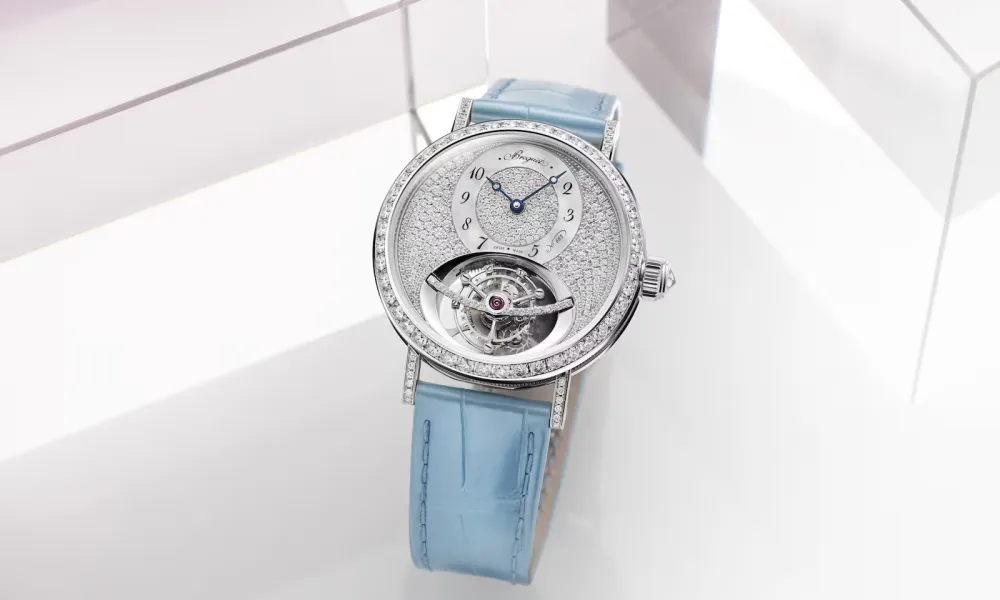Petra Diamonds has launched an artisanal small-scale mining initiative in South Africa. This follows a process of extensive consultation and cooperation with relevant stakeholders.
These include the Department of Mineral Resources and Energy (DMR&E), as mining sector regulator, the Letsemeng Local Municipality, as elected representatives of the community, and the community itself.
Richard Duffy, CE of Petra Diamonds, comments:
“We regard this initiative as another milestone in the Petra legacy and we welcome the Koffiefontein Community Mining Primary Cooperative (KCM) artisanal miners as partners in our industry to complement our own operations and extract optimal benefit from the diamond reserves in Koffiefontein.
“We wish KCM all of the best with this venture and thank our Government and community partners for their continued support of both the project and the KCM.”
Read more about diamond mining
During this project, the aim is to create a framework within which artisanal small-scale mining can be conducted by community members in a legal and regulated manner.
Petra believes that there is a space for artisanal small-scale miners to co-exist with formalised, large-scale mining, since artisanal small-scale mining can often profitably recover diamonds from resources that would be unprofitable, or at best marginal, for a larger operator due to the capital and overhead costs involved.
A decision was taken to make available some of the Tailings Mineral Resources (TMR), notably the resource generally referred to as the “Eskom dump”, for the benefit of the community of Koffiefontein.
The intention is that properly regulated artisanal mining, which would comply with the Kimberley Process Certification Scheme, as well as other standards for such operations set by, inter alia, the United Nations, will be conducted on this resource.
Read more about mining in southern Africa
This is the second artisanal small-scale mining initiative put in place by the company, further to Petra’s efforts and involvement in establishing the artisanal small-scale mining sector in Kimberley.
This culminated in the landmark agreement in 2017 between Kimberley Ekapa Mining JV, in which Petra had a majority interest at the time, and other stakeholders, with the result that available TMRs in Kimberley were allocated to two community-based primary mining co-operatives, Batho Pele and Goede Hoop.
Work on the project at Koffiefontein commenced soon after the conclusion of the above agreement, with the intention to take into account the learnings from the initiative in Kimberley and put in place an artisanal small-scale mining dispensation in Koffiefontein that would be able to both optimally exploit the available resource, and accrue maximum benefit to the community.
To this end, the KCM has been officially established and registered as the primary beneficiaries of this project and the infrastructure and processes required to ensure the operation of this venture have been put in place.







